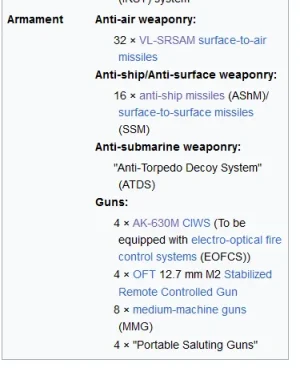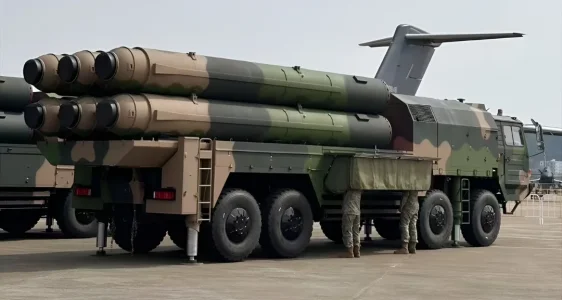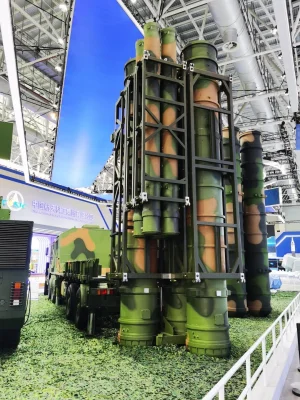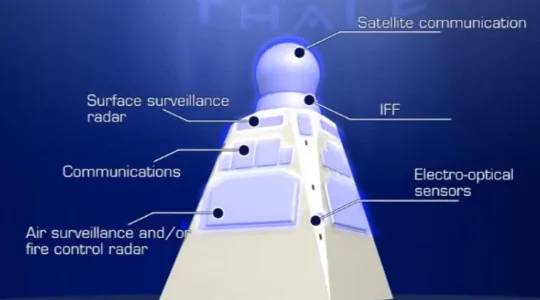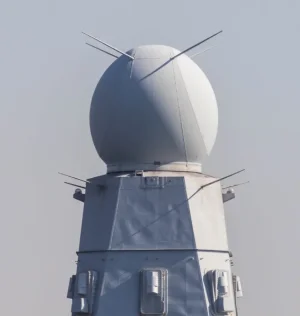Thanks for this impeccably detailed and insightful input, but then again, we expect nothing short of you. Anyway, I'd like to debate over a few minor details and further expand upon my original comment as I had left out a lot of things for brevity's sake.
For one, the primary long range air-defense missiles of the PLAN DDG fleet consists of the
HHQ-9, (a copy of some S-300 variant, possibly the PMU2 version) with semi-active radar homing and range of about 150-200 km. So, this one, at least in theory, shouldn't pose too big of a challenge in my projected scenario.
Now, granted, they might have made, heck they must have made a lot of improvements over the years and the data available in the public domain is long outdated, but even then, these long range SAMs have been proven to be utterly unreliable in shooting down maneuverable air targets like fighters, especially at longer ranges.
For example, On 17 May 2022, a Russian S-300 site in Syria tried to intercept a flight of Israeli F-16s, during which they fired off no less than a dozen missiles at those planes but failed to hit even one of them!!
These missiles work great against slow moving aerial targets with predictable flightpaths like bombers/tankers etc. and even cruise/ tactical ballistic missiles but not so much against fighters.
And I mean, it makes sense, right?? These SAMs are really heavy and therefore bleeds their energy far more rapidly once they have run out of fuel.
Plus, I just used a random figure. In reality, the range can be as high as 400 km and above if we can get the Americans to share their tech of
Powered JDAMs. Plus, this same tech can be used to create long range decoys as well.
Plus, I wonder if a a ground launched RudraM 3 or even a modified MLRS rocket design with deployable glide fins can be sued against surface ships.
Yeah, that IS a indeed big problem but what CAN you do?? You can't use cruise missiles to mount such level of saturation attacks for obvious reasons.
It's not that this fact was totally lost on me. But, even after accounting for this, I still think a saturation attack with powered glide bombs and stealthy suicide drones can punch through their CIWS screens for one simple reason.
Type 055 -
Type 052D -
What do you see in common between these two?? That's right, just a single gun based CIWS, mounted up front, leaving a huge blind spot at the back as well as being vulnerable to multi-direction attacks. In this one regard at least, they're inferior to their IN counterparts.
And even if they don't manage to hit a ship, they'll surely be able to make the PLAN ships waste a good chunk of their air defense missiles, which will pave the path for the subsequent BrahMos salvos to overwhelm their air defense (hopefully).
Yeah, I had proposed of an almost similar approach involving the STAR target drones back in the DFI days. What I had said was to fit the modified STARs with a simple one-way datalink so that they can follow the lead of the actual BrahMos missiles.
I never held such a notion, rest assured. But we absolutely CAN improve our odds by constructing hardened underground hangars and ordnance/POL storage facilities. And of course, a strong air-defense detachment would be of utmost importance, but that's kinda obvious.
Yes, and now that we are one step closer to deploying a long range boost-glide missile, this should become an even more viable option.
PS - Sorry for posting yet another long ahh post but I'm sure you've already figured out how big of a ponderous b@stard I am, right??





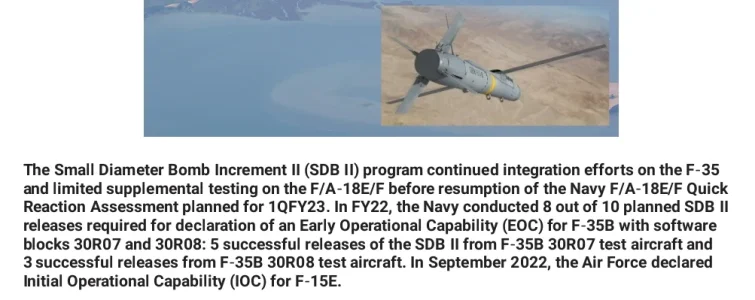
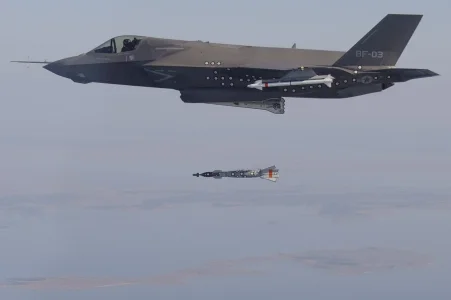
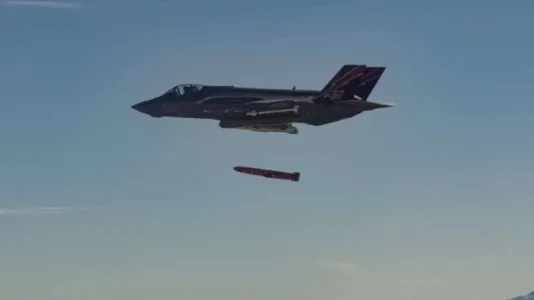
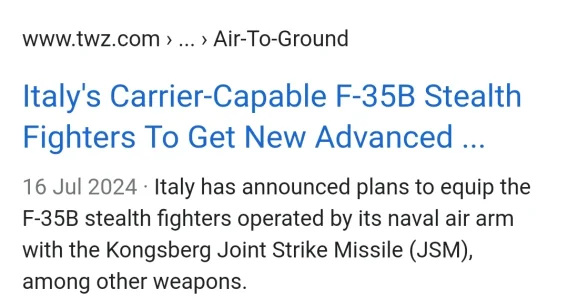
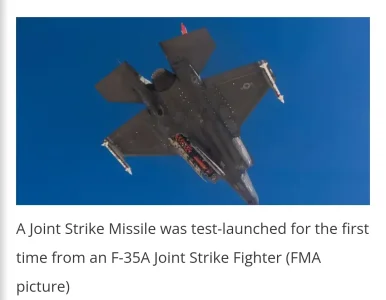
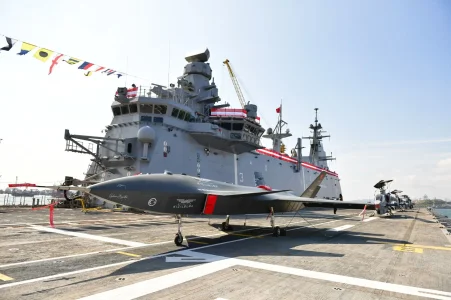



 per boat
per boat